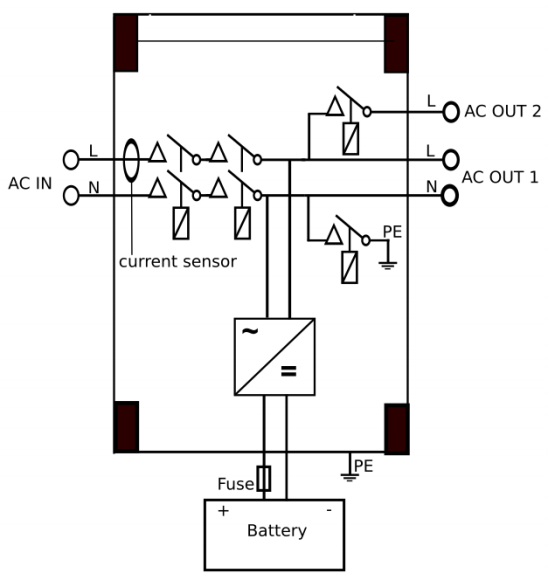Hi,
I am trying to get my head around installation of a Multiplus II. I am installing this in Denmark as there is grid support for this but as far as i understand. The inverter must shut down it's AC Out 1 when the grid fails inorder to protect the technicians on the street to not feed in electricity BUT is there a way i can get power out on AC Out 2 while not delivering to the grid on AC Out 1 in that way i can power some critical things while power is down ? If it is possible i was thinking to put a switch 1, 0, 2 on those critical things so when power drops i can go an d switch it to get power from the inverter AC Out 2 if that's doable and allowed which essentially makes it a off-grid system for that period wile power is down. In the current system i am designing i will have a energy meter and run with ESS since the Multiplus II is a one phase system and the house system is 3 phase so the inverter will start producing energy when it's told from the energy meter there is a usage inorder to get the consumption to 0 as much as possible.
/donnib

